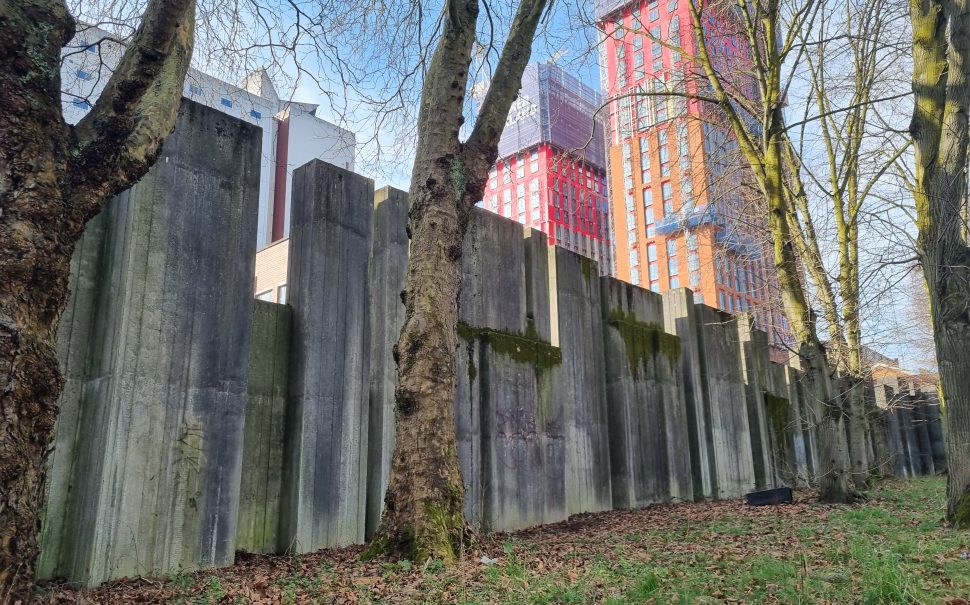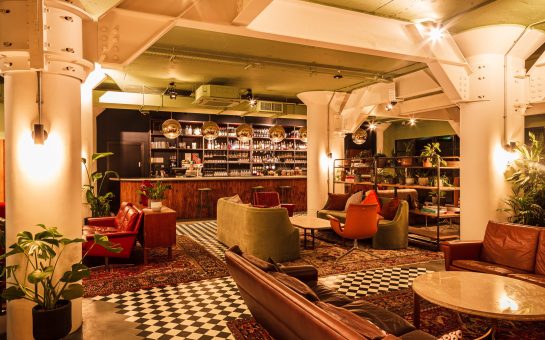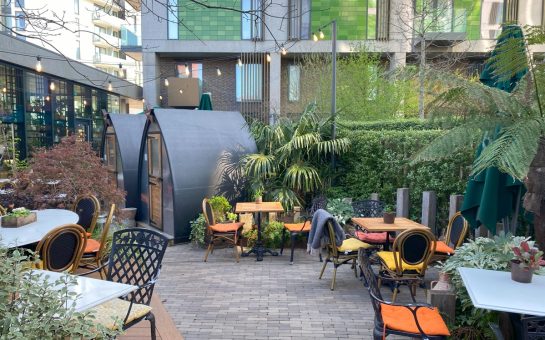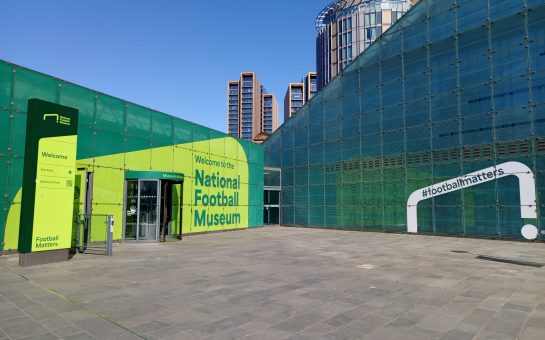Opposition to the restructuring of a historic, brutalist wall on a former University campus suggests 1960s concrete public artworks are not respected in the way other listed artworks are.
The Sister development’s plan would ‘reimagine’ the Grade II listed Hollaway Wall on London Road on the former University of Manchester Institute of Science & Technology (UMIST) campus, also known as the University’s ‘North Campus’.
The developers propose to ‘reimagine’ the sculptural wall by removing large sections of the original artwork. Specifically, they plan to cut away and ‘fold’ around 30% of the sculpture.
Sister is a joint venture between The University of Manchester and Bruntwood SciTech, with an aim to transform the former campus into a 4 million sq ft science and technology innovation district.
Critics of the proposals include Eddy Rhead of the Modernist Society and Professor Richard Brook, registered architect and architectural historian at Lancaster University. Brook applied for the sculptural wall to receive its Grade II listing in 2008.
The sculptural wall and sound buffer was designed by artist Anthony Hollaway in 1968 for UMIST and is considered a rare example of this kind of art.
The first phase of the £1.7bn development also includes the demolition of the Barnes Wallis Building, Staff House, The Wright Robinson Tower, Chemical Engineering Labs, and the Moffat Building, along with the Hubert Worthington steps.
A number of mature trees will be lost along London Road to facilitate the construction of two new commercial office buildings.
‘You would not chop a wing off the Angel of the North’
Professor Brook explained that at 68m wide, the wall is one of the largest protected artworks in the country.
He said: “The wall is not ‘at risk’, other than the damage that the developers intend for it. You would not chop a wing off the Angel of the North.
“Anthony Hollaway was one of the pioneering artists with and between architecture in an exciting period of experimentation in the middle of the twentieth century. His experiments led to several patents.
“The development compromises the artwork and it is a choice by the developer to do so. They could actually ‘reveal’ the artwork and celebrate it if they saw fit.”
‘An imposing and striking sculptural Brutalist design that combines both special artistic and architectural interest’
Historic England, the public body responsible for protecting and promoting England’s historic environment, describes the Hollaway Wall as “an imposing and striking sculptural Brutalist design that combines both special artistic and architectural interest”.
Their website explains the specific reasons for the sculptural wall’s Grade II listing.
Historic England regards the wall as a rare example of 1960s public art design that incorporates a functional purpose as a sound buffer, reflecting the artist’s philosophy of combining public art, form and function.
The historic experts also believe the wall is of historic interest because it illuminates a 1950s/1960s concept of separating people from the impact of traffic. During this period car ownership rapidly increased.
And finally they note the high-quality concrete and engineering of the wall, a nod to Hollaway’s own expertise and the research he led for the Cement & Concrete Association.
This wall was also chosen by the Twentieth Century Society as Building of the Month in January 2009.
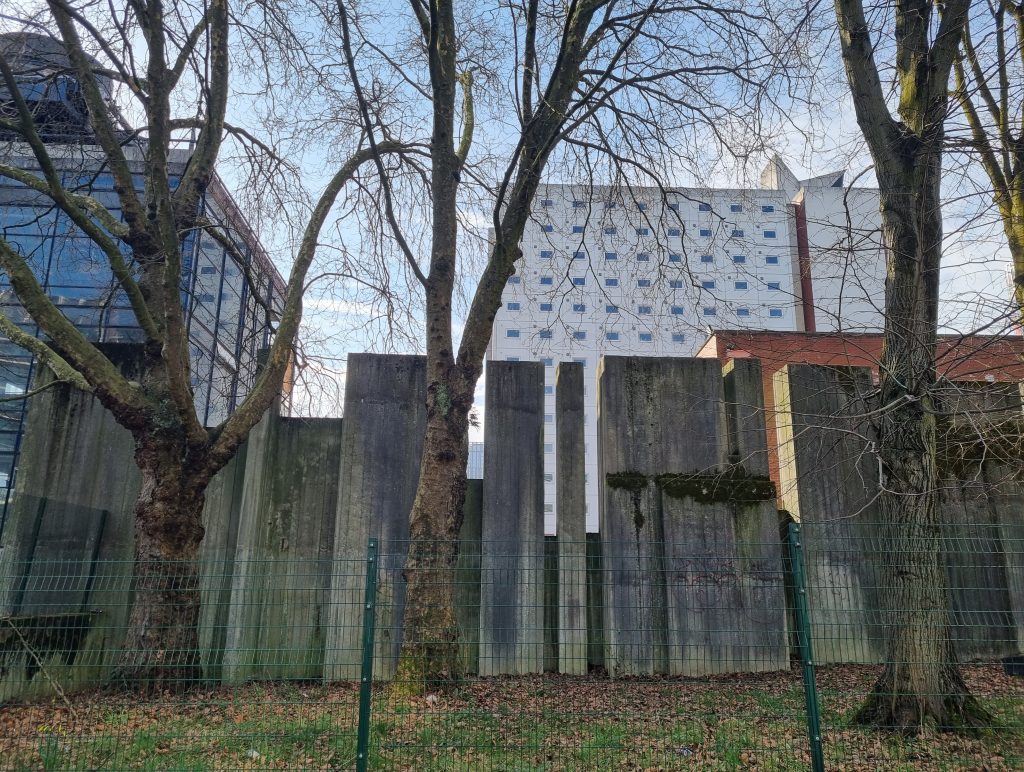
‘The point of public art is that everyone can enjoy it on their own terms’
Eddy Rhead co-founded the Manchester Modernist Society in 2010 and currently works as lead editor on the Modernist magazine.
The Modernist Society have publicly declared their opposition to the cutting away of the wall.
Rhead believes the context behind the wall is paramount and explained the artwork was built and positioned the way it is for very specific reasons.
He said: “To start taking large pieces out of the wall and enveloping it in a building totally undermines that context and renders the artwork meaningless.
“It is Grade II listed for a good reason and the developers should respect that listing.”
The modernist enthusiast said due to the wall being a 1960s concrete sculpture, it is not respected in the way other listed public artworks would be. He believes 1960s brutalism is “deemed fair game for vandalism”.
Rhead argued the developers are not respecting Hollaway’s overarching design philosophy of combining public art, form and function and that despite plans for the wall to exist in a ‘publicly accessible space’, the wall will be on private property.
Rhead said: “The point of public art is that everyone can enjoy it on their own terms.”
The Modernist Society runs numerous architectural walking tours around Greater Manchester and beyond. Rhead said the wall features on many of them and if incorporated into the building as is proposed, the society will almost definitely be denied easy access.
He thinks Historic England’s Grade II listing affords very little protection and believes Manchester City Council is very keen to see this development go ahead.
When asked about the possibility of the wall remaining intact, Rhead thinks this is unlikely.
He added: “The Sister developers see the wall as an obstruction and not an asset so it is unlikely they will leave it as it is. The land is too valuable.”
He can only hope Historic England and the Twentieth Century Society put forward such robust arguments against its reconstruction that developers are not granted planning permission.
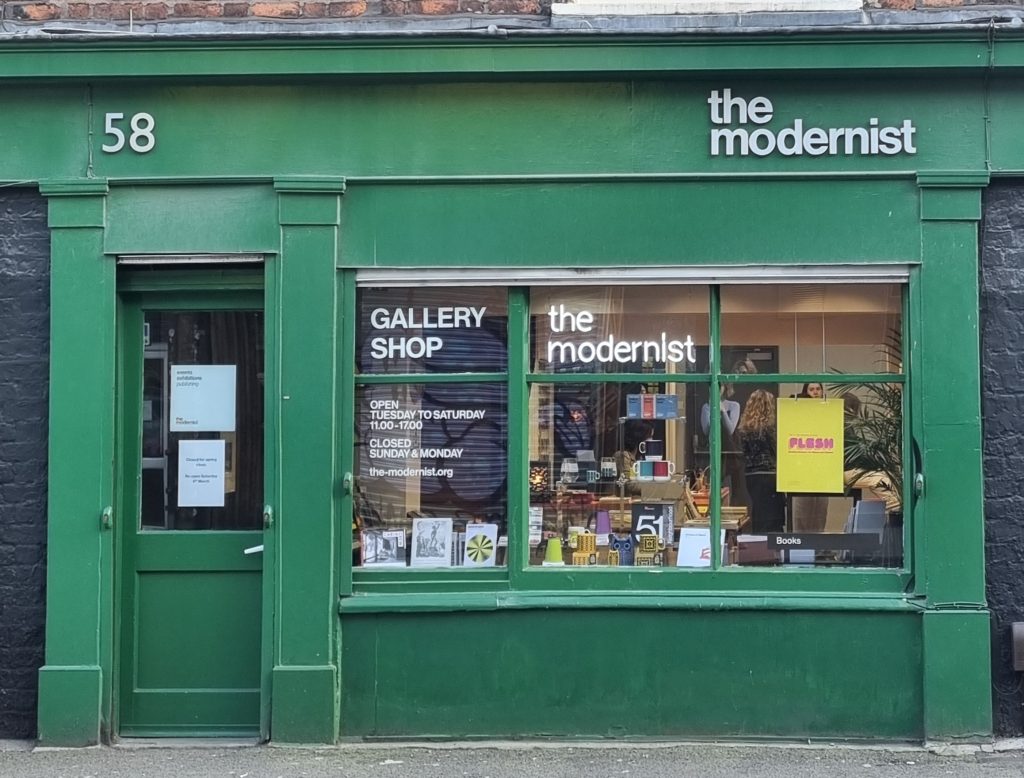
Historic England: ‘No permission has been applied for or granted’
Mancunian Matters contacted Historic England, the government’s statutory adviser on the historic environment, for comment on the proposed restructuring of the Hollaway Wall.
Historic England said: “The proposals are at an early stage.
“Listed Building Consent will be needed for any significant changes to the structure and Historic England will be consulted as part of this process.
“Currently, no permission has been applied for or granted.”
Response from Sister development: ‘We encourage individuals to share their view’
Mancunian Matters contacted the developers for comment.
Their spokesperson said: “During the consultation period, we are actively gathering public feedback on all elements of the proposed designs including the Hollaway Wall.
“We encourage individuals to share their view, which will be carefully reviewed and considered before proceeding with the planning phase.”
There is currently a consultation underway regarding the first phase of redevelopment of the former UMIST campus. Have your say by Sunday 9 March 2025. You can view the consultation website here.
All photographs are the property of Freya Thomson
